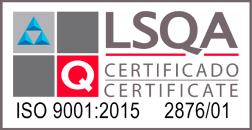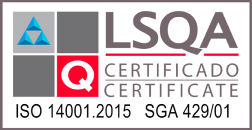Air quality in cities is an increasingly important issue worldwide. Air pollution can have negative effects on people’s health as well as the environment in the short, medium, and long term. For this reason, many cities have taken measures to improve air quality, from using cleaner technologies to implementing policies that promote the use of sustainable transportation.
One tool that is becoming increasingly popular for monitoring air quality is citizen monitoring initiatives. These types of actions allow citizens to measure air quality in their own communities, which can be useful for identifying sources of pollution and taking measures to address them.
Low-cost air quality sensors are a key tool in this process. These sensors can measure the concentration of pollutants such as nitrogen dioxide (NO2) and fine particles (PM2.5) and transmit the information through mobile applications or websites. In addition, these sensors are becoming increasingly accessible and easy to use, making them an attractive option for this type of monitoring. The main advantage is that it can provide more detailed and localized information about air quality compared to conventional monitoring systems, which are usually located in specific areas, meaning that they do not provide accurate information about air quality in other parts of the city. Low-cost air quality sensors, on the other hand, can be placed in multiple locations.
In addition, citizen monitoring initiatives can help engage citizens in the process of improving air quality. By allowing citizens to measure and report air quality in their communities, they are given a voice in the decision-making process and are motivated to take measures to reduce air pollution. This can include measures such as reducing car use or pressuring local authorities to take more effective measures to address pollution.
Of course, there are some limitations. For example, sensors may not be as accurate as conventional monitoring systems and may be subject to calibration errors. There may also be issues with sensor placement, as they may be subject to interference from other environmental factors or nearby sources of pollution. However, despite this, citizen involvement in the monitoring process is positive.
An example of this type of initiative is the SmartCitizen project, which was launched in Barcelona in 2012. The project provides low-cost air quality sensors to citizens to measure air quality in their neighborhoods and provide real-time information through an online platform. This has allowed citizens in Barcelona to identify areas with high pollution concentrations and take measures to reduce air pollution. Another example is the AirVisual Node project, which is a low-cost air quality sensor that can be used by citizens to monitor air quality in their homes. The device provides real-time information about indoor air quality, which can help people take measures to reduce exposure to air pollution.











